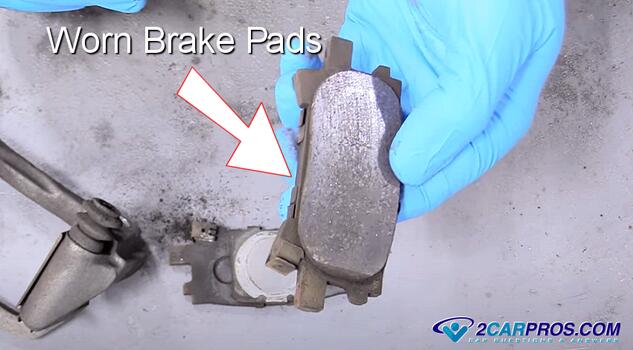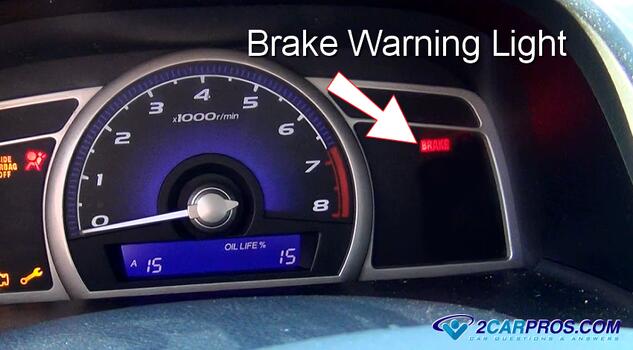Introduction
The brake pads on your car are a critical part of the braking system and are responsible for generating the friction necessary to slow down and stop your car. The brake pads, rotors and calipers are a normal wear item, if these brake parts are neglected it can cause serious implications when applying your car's brakes due to the lack of brake material (metal on metal). Recognizing the symptoms of worn-out or disfigured brake pads can help you avoid extra costs associated with neglecting a brake job service.
Symptoms of Worn Out Bake Pads
We list the problematic symptoms in order of popularity.
1. Squeaking while Driving or Stopping: Most brake pads are designed with a wear indicator called a "screamer" which contacts the brake rotor in such a way that when the wheel is rotated it will create a "screech", "chirp" or "squeaking" noise. This noise can be generated once the brake are applied, or simply driving along letting the driver know the brake pads must be replaced.
2. Grinding Noise While Braking: Though warning devices such as wear indicators and brake pad wear sensors are put into place to indicate replacement is required, they don't always work. In this case the brake pads will contact the brake rotor creating grinding sound as the metal backing plate contacts the metal rotor face.
Consequences of Ignoring Grinding Noises:
- Metal-to-metal contact can severely damage the brake rotor, leading to costly repairs or replacements.
- Decreased braking performance can increase stopping distances, posing a significant safety risk.
- Continued use in this condition can lead to brake failure.
3. Brake System Warning Light: As brake pads wear, brake fluid displaces the missing pad material inside the brake calipers, when this happens the brake fluid present in the brake master cylinder will become low which will trigger the "brake system warning light" via the level sensor inside the fluid reservoir.
4. Brake Pad Condition: Brake pads require inspection from time to time to ensure their proper performance. During a brake inspection pad linings must be checked for minimal thickness of about 3 mm (0.12 inches). Also, if the brake pads are cracked due to excessive heat, or if they contaminated by brake fluid or grease they must be replaced.
5. Increased Stopping Distance: You might notice the brake system is not performing as it should, and it is taking longer to stop the car than usual. This can be caused by brake pad lining material that has come dislodged from the backing plate and only a small part of the material remains. When this happens the friction between the pad and rotor will be diminished causing the aforementioned poor braking performance.
Conclusion
Anytime you might think there is a problem, or if your car is in for service, a brake inspection is a wise and economical preemptive measure that can keep you safely driving for years to come. If you experience any of these symptoms, it's recommended to have your brake system inspected by a professional mechanic immediately.
Watch the Video!
Please watch this video of the job being done to glean additional helpful information.
Credits
This guide knowledge base was created by the 2CarPros Team, and by Ken Lavacot: Automobile repair shop owner and certified master automobile technician of over 30 years. If you have question or need help please ask one of our experts we are happy to help. Please visit our 2CarPros YouTube Channel for additional car repairs.





